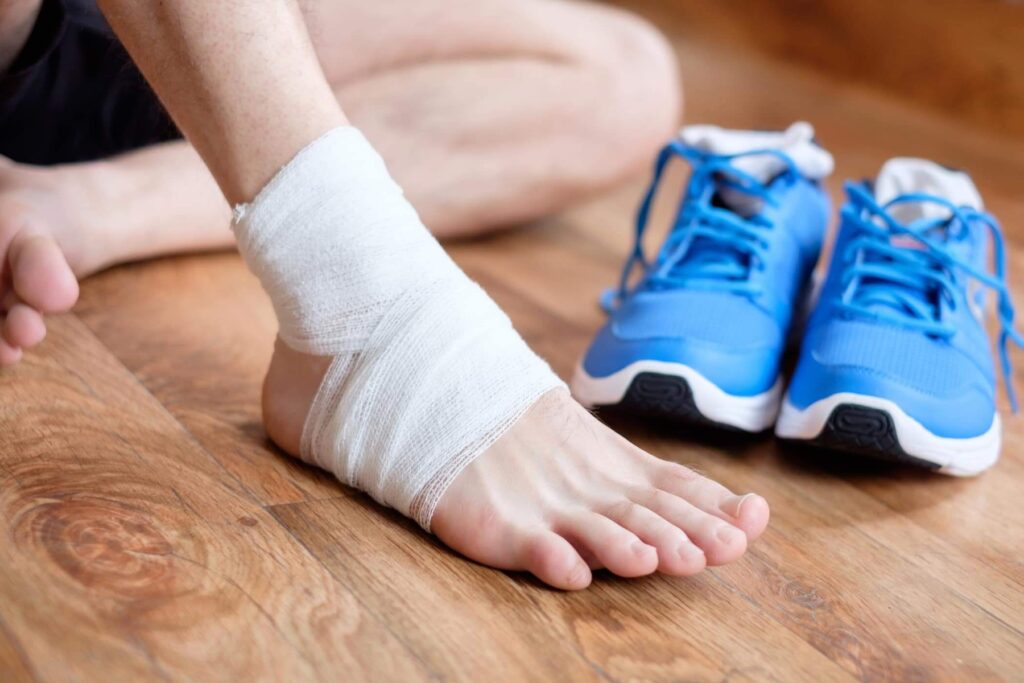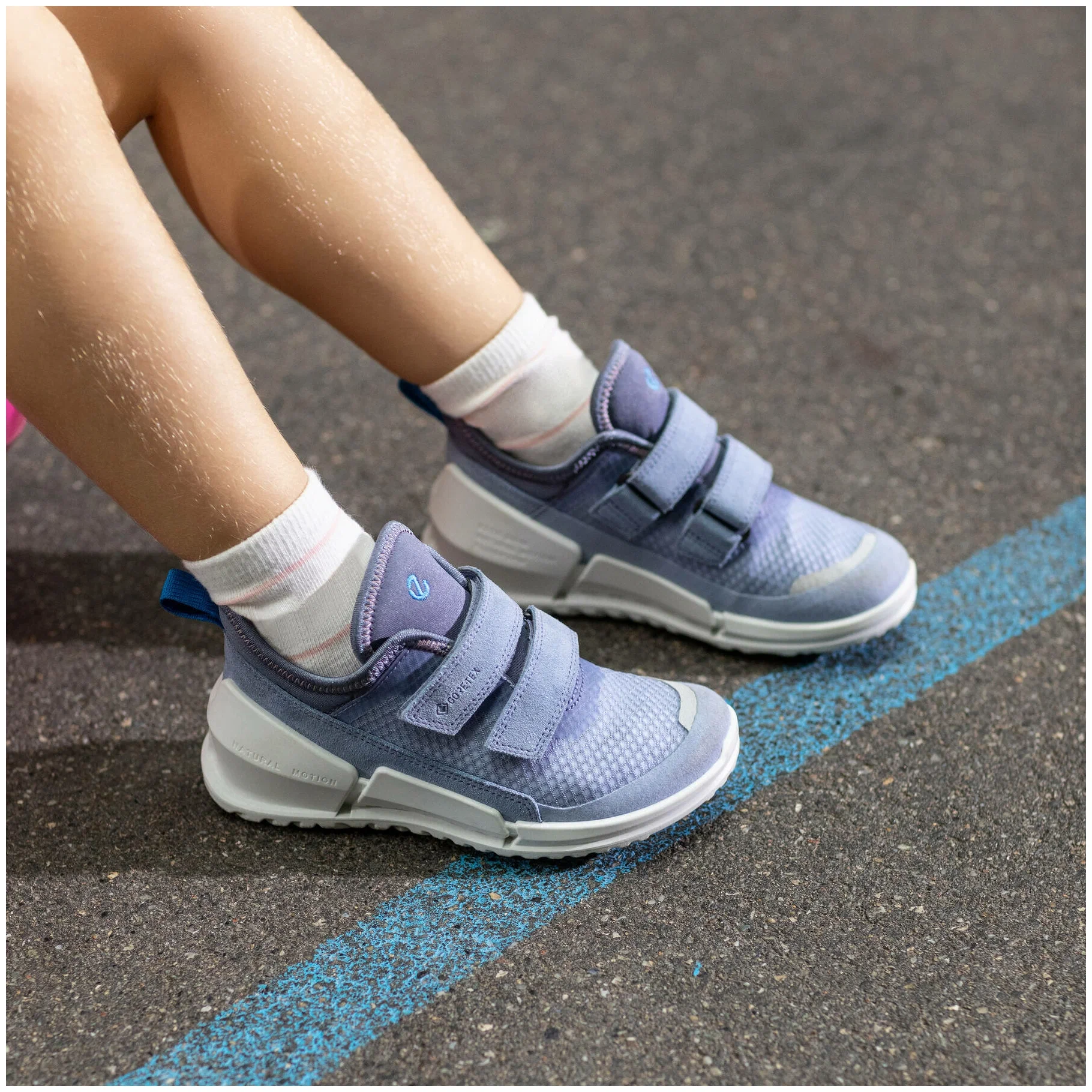Are you looking for shoes that provide comfort and support for cuboid syndrome? Then you’ve come to the right place! In this blog post, we will discuss the importance of finding the right shoes for cuboid syndrome and some tips for finding shoes that offer style and comfort. We will also discuss the various materials and features to look for in shoes specifically designed to address cuboid syndrome. By the end of this post, you’ll be armed with the knowledge and confidence to find shoes that will provide you with comfort and support.
What Is Cuboid Syndrome And Why Does It Matter?
Cuboid syndrome is a relatively uncommon but painful condition that affects the cuboid bone, one of the tarsal bones in the foot. It typically occurs due to overuse or injury, often seen in athletes or those who engage in repetitive activities. The syndrome manifests as pain on the foot’s outer side, especially during weight-bearing activities.
This matters because untreated cuboid syndrome can lead to chronic pain and discomfort, affecting mobility and quality of life. Diagnosing and treating it promptly through rest, physical therapy, or orthotic devices to stabilize the foot is essential. Ignoring cuboid syndrome can result in long-term complications, impacting your daily activities and potentially causing imbalances in gait and posture.
 Signs and Symptoms of Cuboid Syndrome
Signs and Symptoms of Cuboid Syndrome
Cuboid syndrome can be a debilitating condition that causes immense pain and discomfort in the foot. To effectively address this issue, it’s essential to understand the signs and symptoms associated with cuboid syndrome. One common sign of cuboid syndrome is sharp or dull pain on the foot’s outer side. This pain can worsen with weight-bearing activities such as walking or running. You may also experience swelling and tenderness around the cuboid bone.
Some individuals may even notice a decrease in their foot’s range of motion and difficulty bearing weight on the affected foot. Another indicator of cuboid syndrome is difficulty finding relief through traditional methods such as rest or icing. If you’ve been experiencing persistent foot pain that doesn’t seem to improve, it’s important to consider the possibility of cuboid syndrome.
The Importance of Proper Footwear for Treatment
Finding the right shoes-cuboid syndrome is crucial for effectively managing and treating this condition. Proper footwear can make a significant difference in alleviating pain, reducing inflammation, and promoting proper foot alignment. One of the key benefits of wearing proper footwear is the support and stability it provides to the foot. Shoes designed for cuboid syndrome often have features such as arch support, cushioning, and shock absorption, which help distribute pressure evenly and reduce strain on the cuboid bone.
This can greatly improve comfort and alleviate pain associated with the condition. In addition to support, proper footwear also plays a role in maintaining proper foot alignment. Ill-fitting or unsupportive shoes can worsen misalignment issues and put added stress on the cuboid bone. On the other hand, shoes that promote proper alignment can help reduce the risk of further subluxation and aid in the healing process.
When selecting footwear for cuboid syndrome, it’s important to consider factors such as shoe width, toe box shape, and materials used. Opt for shoes with a wide toe box to allow for natural toe splay and ample space for the foot to move comfortably. Look for breathable and lightweight materials to keep your feet cool and comfortable throughout the day.
Factors to Consider When Choosing Shoes for Cuboid Syndrome
When it comes to choosing shoes for cuboid syndrome, there are several factors you should consider to ensure optimal comfort and support. First and foremost, pay attention to the shoes fit. Look for shoes that have a snug yet comfortable fit, with enough room for your toes to move freely. Avoid shoes that are too tight or loose, as they can worsen the symptoms of cuboid syndrome. Next, consider the shoe’s arch support.
The cuboid syndrome often results from misalignment, so having proper arch support can help realign your foot and relieve pressure on the cuboid bone. Look for shoes with adequate arch support, or add orthotic inserts for extra support. Another important factor to consider is cushioning. Shoes with ample cushioning provide shock absorption, reducing the impact on your feet and alleviating discomfort. Look for shoes with cushioned midsoles or added padding in the heel and forefoot areas.
Additionally, consider the shoe’s flexibility and stability. Shoes that are too stiff or rigid can limit your foot’s range of motion and potentially aggravate the symptoms of cuboid syndrome. Look for flexible shoes to allow natural foot movement but provide enough stability to support your feet. Lastly, pay attention to the materials used in the shoe. Opt for breathable and lightweight materials that allow proper ventilation and keep your feet cool and comfortable throughout the day.
Top Shoe Features to Look For In Cuboid Syndrome Footwear
When it comes to finding the right shoes-cuboid syndrome, there are certain features you should look out for to ensure optimal comfort and support. Firstly, prioritize shoes with good arch support. This will help realign your foot and relieve pressure on the cuboid bone. Look for shoes with a supportive midsole and add orthotic inserts for extra support.
Next, consider the cushioning of the shoes. Cuboid syndrome can cause discomfort, so shoes with ample cushioning will help absorb shock and reduce impact on your feet. Look for shoes with cushioned midsoles or additional padding in the heel and forefoot areas. Additionally, consider the flexibility and stability of the shoes.
You want shoes that allow natural foot movement but provide stability and support. Avoid shoes that are too stiff or rigid, as they can limit your foot’s range of motion. Finally, pay attention to the materials used in the shoes. Opt for breathable and lightweight materials that promote proper ventilation and keep your feet cool and comfortable.
How to Find Brands and Styles for Cuboid Syndrome Shoes
Finding the right brands and styles of shoes-cuboid syndrome can be a daunting task, but with a few helpful tips, you’ll be on your way to finding the perfect pair. One of the first steps is to research and find brands known for their comfort and support. Look for brands specialising in orthopedic footwear or have a reputation for designing shoes promoting foot health.
You can also consult with a podiatrist or foot specialist who can provide recommendations based on your specific needs. Regarding styles, prioritize shoes that offer features like adjustable straps or laces. These allow for a customizable fit, ensuring the shoes stay securely in place and provide the necessary support.
Additionally, consider shoes with removable insoles, allowing you to add orthotic inserts or custom orthotics if needed. Feel free to try on different styles and brands to find the ones that work best for you. Comfort and support should always be the top priorities, but you can still sacrifice style. Look for shoes that fit your aesthetic and make you feel confident.
Additional Tips and Tricks for Managing Cuboid Syndrome with Footwear
Finding the right footwear for cuboid syndrome is essential, but some additional tips and tricks can further enhance your comfort and manage the condition effectively. Firstly, consider wearing socks that provide additional cushioning and support. Look for socks with extra padding in the heel and arch areas to alleviate pressure on the cuboid bone. Compression socks can also help improve circulation and reduce swelling.
Another tip is to alternate between different pairs of shoes throughout the week. This allows your feet to experience different levels of support and cushioning, preventing excessive strain on the cuboid bone. Additionally, rotating shoes can help prevent odour and prolong the lifespan of your footwear.
Stretching and strengthening exercises for the foot and ankle can also be beneficial. Talk to a physical therapist or podiatrist to learn specific exercises that can help improve the strength and flexibility of the muscles surrounding the cuboid bone. Lastly, consider using over-the-counter shoe inserts or orthotic devices. These can provide additional support and cushioning to alleviate discomfort and promote proper foot alignment.
FAQ’s
Q: Can I wear any shoes for cuboid syndrome?
A: While you can technically wear any shoes, choosing shoes for cuboid syndrome is highly recommended. These shoes offer the necessary support and features to alleviate pain and promote proper foot alignment.
Q: Are any specific shoe brands known for their cuboid syndrome footwear?
A: Some brands specialize in orthopedic footwear and have a reputation for designing shoes that promote foot health. It’s a good idea to research these brands and see which ones offer options for cuboid syndrome.
Q: Should I always wear shoes, or are there times when it’s better to go barefoot?
A: Wear shoes, even at home, is generally recommended. Shoes provide the necessary support and protection for your feet, especially when dealing with cuboid syndrome. However, there may be specific exercises or activities where going barefoot is recommended. Consult with a healthcare professional for guidance.
Q: Can I use over-the-counter shoe inserts for cuboid syndrome?
A: Over-the-counter shoe inserts can provide additional support and cushioning for cuboid syndrome. However, it’s best to consult a podiatrist or foot specialist to ensure you choose the right inserts for your needs.
Conclusion
In conclusion, finding the right shoes-cuboid syndrome is crucial for effectively managing and treating this condition. The right footwear can provide support, stability, and comfort, alleviating pain and promoting proper foot alignment. When choosing shoes-cuboid syndrome, consider fit, arch support, cushioning, flexibility, and materials. Look for brands known for their comfort and support, and be bold and try different styles until you find what works best for you. Additionally, incorporate tips such as wearing supportive socks, alternating between shoes, and performing stretching exercises to enhance your comfort and manage cuboid syndrome.
| Other Good Articles to Read |
| Niche Blogs Connect |
| Blogs 97 |
| Blog Stitution |
| Blogs Unplugged |
| Blogs Cotch Rouge |
| Blog Signatr |
| Blog Sintonias |
| Blog Zilla |
| Consumer Forums |
| Finance Forums |
| G Blogs |



